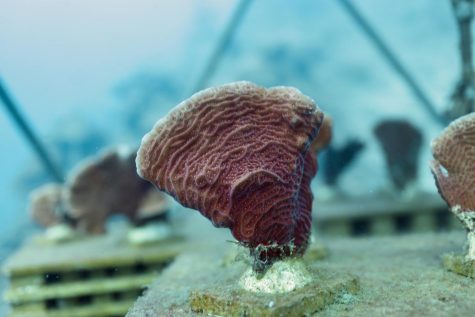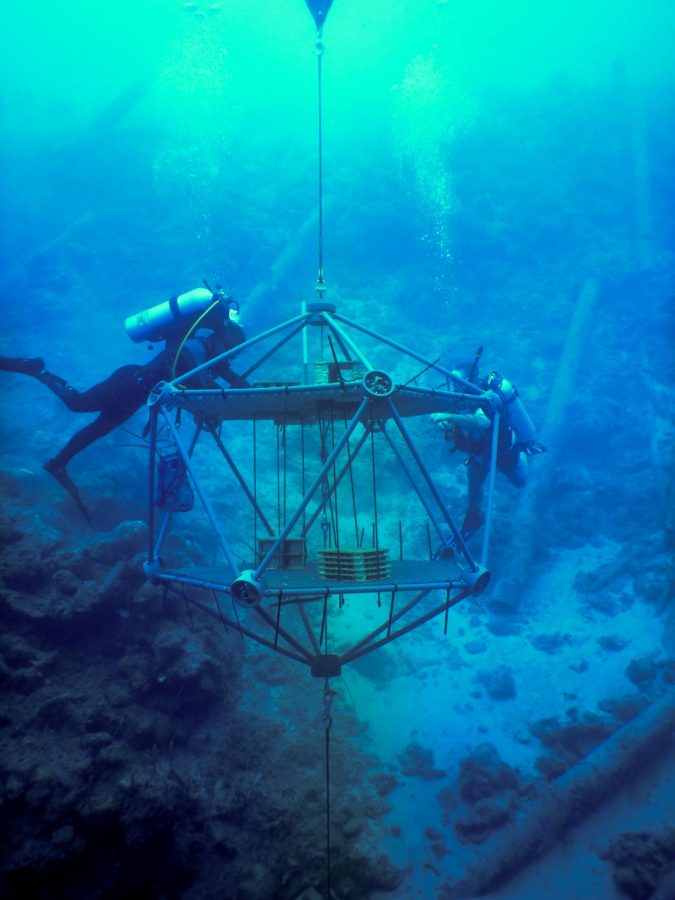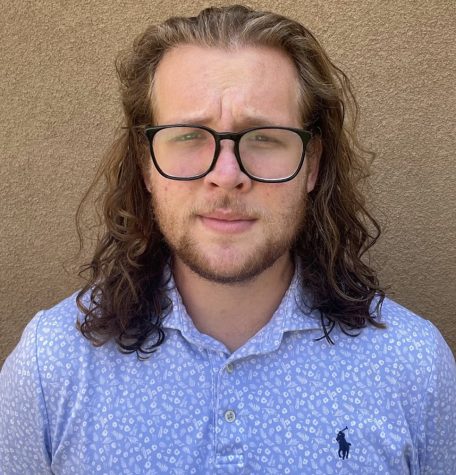The San Diego Arks Project, a project featuring many San Diego State students, builds midwater structures called arks that can help build new coral reefs and restore reefs that have degraded due to microbialization and climate change.
The San Diego Arks Project is led by Jason Baer, an SDSU Ph.D. candidate, who has worked in the Caribbean and San Diego to study the impacts of the arks.
“My passion for coral reefs comes from personal amazement,” said Baer. “The more you learn about them you realize that not that many people know how much of an economic and cultural value they have around the world.”
Over the last 25 years, half of the world’s coral reefs have been destroyed or depleted. This project aims to reverse these damages.
“There are very few environments that are degrading that fast and it is pretty sad to watch,” said Baer. “It is much easier to break something than it is to build it back up.”
Conor Kennedy, a SDSU senior studying International Security and Conflict Resolution (ISCOR) with an emphasis on the environment, said he believes this project is important for students at SDSU who are interested in the environment.
“If SDSU wasn’t doing things like this maybe I wouldn’t have an emphasis on the environment,” Kennedy said.”It’s inspirational to see that doing things here can lead to something in the real world.”
The lab led by Forest Rowher, an SDSU microbial ecologist and virologist, has been working on characterizing the mechanisms of coral reef degradation for about 20 years.
“One of the main findings of the lab in the last twenty years is that coral reef degradation is really mediated by the microbes and the viruses on coral reefs. It starts from human impacts like overfishing and pollution,” said Baer. “As those things change the community structure of the reef. It has big implications for the microbial and viral communities which then cause feedback loops that end in coral death.”
The new focus of the lab is to break the feedback loops that result in coral reef degradation.
Baer and Mark Hatay, an engineer at the SDSU lab, designed the initial structures that aim to fight these feedback loops.
“We tried our best balancing a structure with one that is practical and one that is biologically and physically representative,” said Baer.
The shape of the Arks are modeled after a phage capsid that offers a high surface area to volume ratio. The phage capsid structure resembles an icosahedron which is made up of many triangular faces.
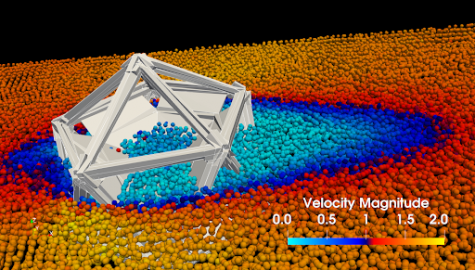
“Three dimensional structure has this funny ability to recruit things,” said Baer. “Fish flock to it, and it turns out that on those local scales you get these rich biological communities that develop over time.”
These structures slow down water flow in order to offer an internal reef environment that simulates a coral reef.
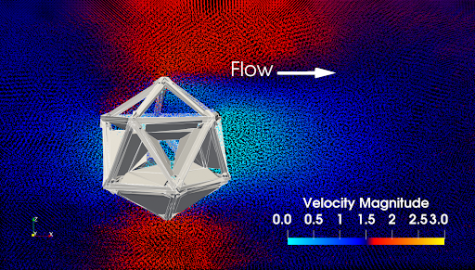
Jared Brzenski, a Ph.D. student in computational science, works on the project to help predict how the water behaves when going through and around the arks.
“I put it (ark) in a simulation in a virtual tank so I can see the vorticity, the turbulence that it generates and the difference between the outside ambient flow versus how fast it is once it is inside the ark structure,” said Brzenski. “This is just to get an idea that if they place it in a water column with a certain velocity they can expect what the flow over the reef would be. They want to try and match that to the actual conditions on the seafloor.”
Brzenski uses an online modeling software utilizing smooth particle hydrodynamics to test flow on Ark structures by adjusting different parameters such as density and gravity.
“You get a ton of information,” said Brzenski. “Imagine a bunch of tiny marbles and you push them all past the structure and each little marble keeps track of all of its properties for its entire lifetime and then you go back and look at the information and extract something meaningful from it.”
The San Diego Arks Project next step is to implement two of their 750-pound stainless steel and fiberglass structures in Vieques, Puerto Rico.
